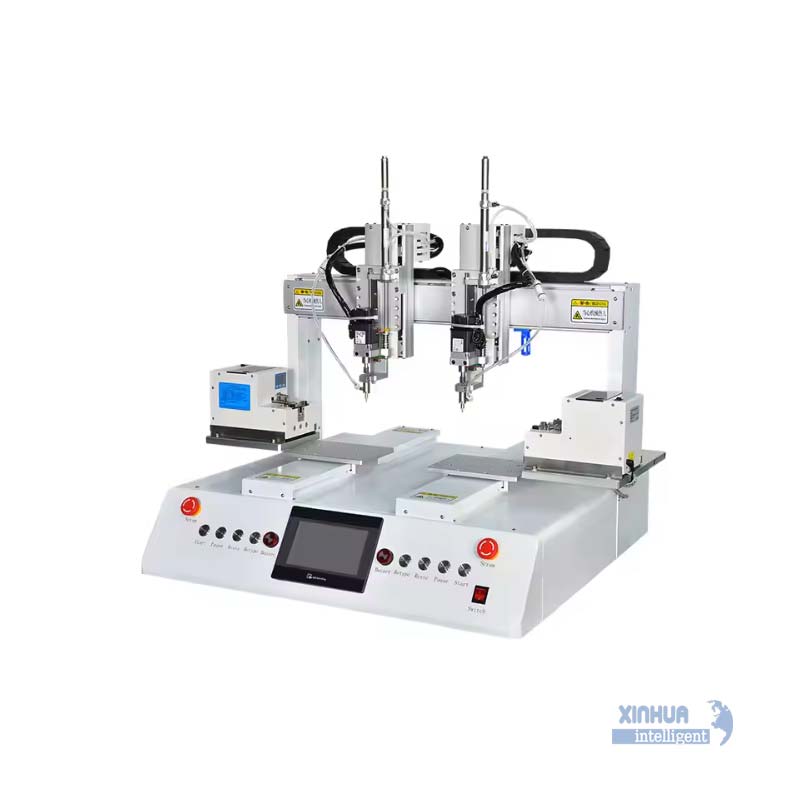
Geographically, North America and Asia-Pacific lead the market, with countries such as the United States, China, Japan, and Germany having significant manufacturing bases and extensive adoption of automation technologies.
The market is segmented mainly by robot type, with Cartesian robots currently dominating due to their cost-effectiveness and versatility, but SCARA robots gaining share for high-speed applications. Recent innovations include integrating advanced vision systems, force sensors, and collaborative robot (cobot) technologies, enabling higher automation levels and adaptability. The trend toward Industry 4.0 and smart factories is also boosting integration and adoption.
Leading companies in the market include ABB Robotics, KUKA, Universal Robots A/S, Hanwha Techwin, and several key Asian manufacturers. The competitive landscape features both well-established global players and emerging specialized firms such as XINHUA, with moderate merger and acquisition activity driving innovation.
Challenges include high initial investment costs and the need for skilled labor for programming and maintenance. Nonetheless, advancements in artificial intelligence and machine learning are expected to enhance robot intelligence and reduce human intervention requirements, further accelerating market growth.
In summary, the screw tightening robot market is a rapidly expanding niche within industrial automation, fueled by manufacturing sectors' demand for enhanced precision, speed, and efficiency in assembly processes, supported by advancing robotics technologies and increasing global manufacturing automation trends
